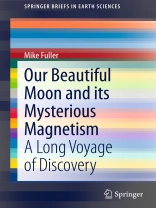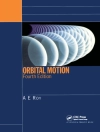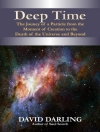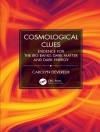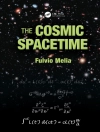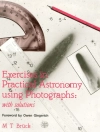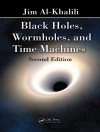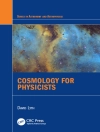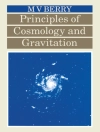This book is a summary of the history of discovering the moon. The author has been involved in the Apollo program, working with its samples and this book covers these efforts. It describes the analysis methods of lunar samples and their interpretation to understand lunar paleomagnetism. The book has adopted an historical approach throughout, tracing the development of the ideas of the Earth-moon system, of the birth of the space age, of paleomagnetism and finally of lunar magnetism and its evidence for an early lunar dynamo.
Table des matières
1. The Moon in antiquity and in the development of modern science.- 2. Modern and lunar science and geoscience before the Apollo Landings.- 3. The birth of the space age and unmanned missions to the moon.- 4. Apollo: Getting to the moon.- 5. Advances in lunar science with Apollo.- 6. The Earth’s magnetism – paleomagnetism as a rosetta stone for earth history.- 7, Lunar paleomagnetism – methods and preliminaries.- 8. Impact related shock on the lunar surface and the lunar paleomagnetic record.- 9. Lunar paleomagnetism and the case for an early lunar dynamo.- 10. Lunar magnetism in the grand scheme of lunar history.
A propos de l’auteur
Education: B.S., Natural Science, Cambridge University, 1958 Ph.D., Department of Geodesy and Geophysics, Cambridge University, 1961
Positions: Scripps Institution of Oceanography, Postdoctoral Fellow, 1961-62. Gulf Research and Development Laboratory, Research Geophysicist, 1962-65. University of Pittsburgh, Associate Professor, 1965-68, Professor, 1968-74, (Chair, Department of Earth & Planetary Sciences, 1966-1972). University of California, Santa Barbara, Professor, 1974-1994 (Chair, Department of Geological Sciences, 1986-1991). Professor Emeritus University of California, Santa Barbara, 1994- Research Professor, University of Hawaii, HIGP-SOEST, Senior Researcher 1997-2010HIGP Affiliate 2010
